If you know me, you know that I love shift lenses. This summer, I expanded my repertoire with an old 35mm Curtagon for my Leicaflex SLR camera. I am going to talk a little bit about this little marvel and then show some recent architectural photographs.
The Curtagon is a 35mm (focal length) shift lens produced by Schneider-Kreuznach for the Leicaflex / Leica-R system. Approximately 5,500 pieces left the factory between 1970 and 1996. Compared to regular 35mm lenses, the Curtagon is definitely a niche product – nothing unusual for a shift lens. Interestingly, the Curtagon seems to populate Ebay and the usual dealers in reasonably high numbers, whereas the “ordinary” 35mm Summicron (f/2.0) is rather difficult to find. But, there were roughly 40,000 Summicron lenses built (according to Leica Wiki). Almost eight times as many as of the Curtagon! I suppose, most of the Summicrons have found new homes adapted to mirrorless digital cameras or sit in front of cine gear. If you own one of these, you don’t want to part with it. In contrast, the Curtagon lens appears to be an odd specialty with only a few people having a use case for.
Handling and Image Quality of the Curtagon
You operate the Curtagon’s shift mechanism with a dedicated ring around the lens tube. Compared to the Canon EOS shift lenses with their setting screws, this is a rather different design. For me, the Curtagon’s shift ring appears less fragile than Canon’s screws. That’s a big plus as these specialty lenses – due to their complicated construction principle – tend to be more vulnerable than regular lenses. But, the shift ring has one really annoying habit: I accidentally activate it when attaching or detaching the lens – almost every time! The problem is, the shift ring turns very easily and sits right next to the lens mount.
I would describe the Curtagon’s image quality as okay-ish. The lens exhibits a visible barrel distortion. The more you shift, the more pronounced it gets. As a result, vertical lines of tall buildings do not converge towards the top of the frame – the lines rather bend (slightly). Most people recommend to stop down the lens to f/11 when shift is applied. With overcast skies and low-ISO films this means: bring your tripod with you! Regarding f/11: the Curtagon only allows stop-down metering.
Eventually, I would discuss another handling aspect. In my hometown, Hannover, the focal length of 35mm would often prove too long. The buildings stand too close / are too tall and therefore won’t fit into the frame. Of course, your mileage may vary, depending on how densely your area is populated.
Although my findings read rather underwhelming, I do enjoy this lens. It is cheap (in Leica terms), seems quite robust and produces images with a certain vintage look.
Switching to Ilford
I took the frames on a roll of Ilford FP4 plus that I had discovered in the back of my fridge. Normally, I prefer Fuji Acros for my black-and-white shots of architecture. Acros offers fine grain, lots of tonality and almost doesn’t suffer from reciprocity failure – perfect for documentary type of shots. However, why not trying something different?
I like how the frames turned out. And as FP4 is cheaper and (currently) much easier to get than Acros, I will indeed use FP4 more often.
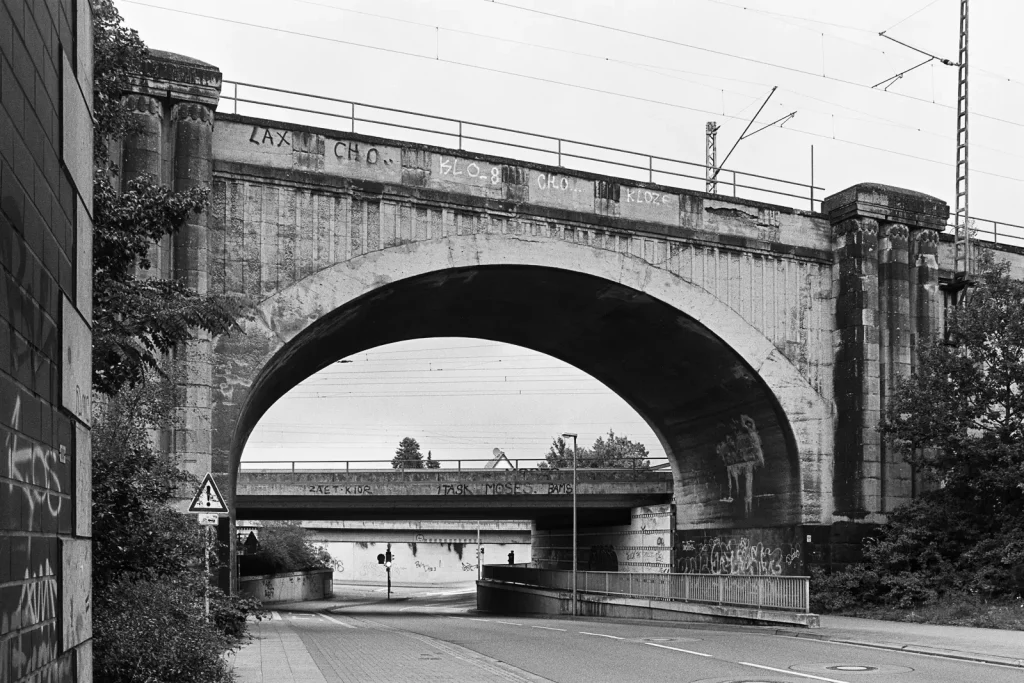
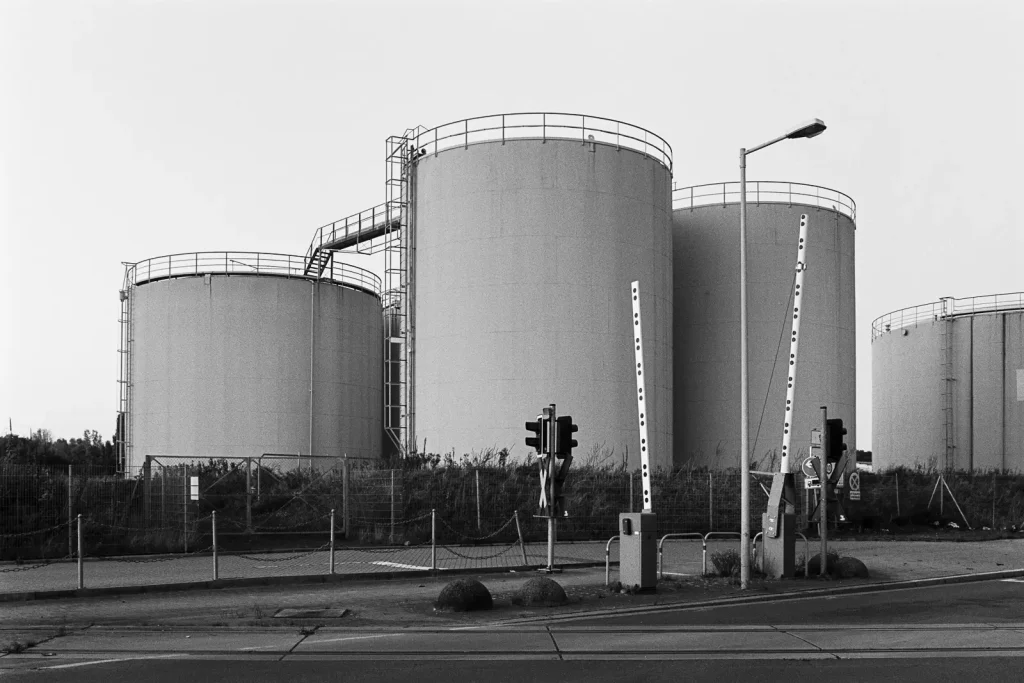
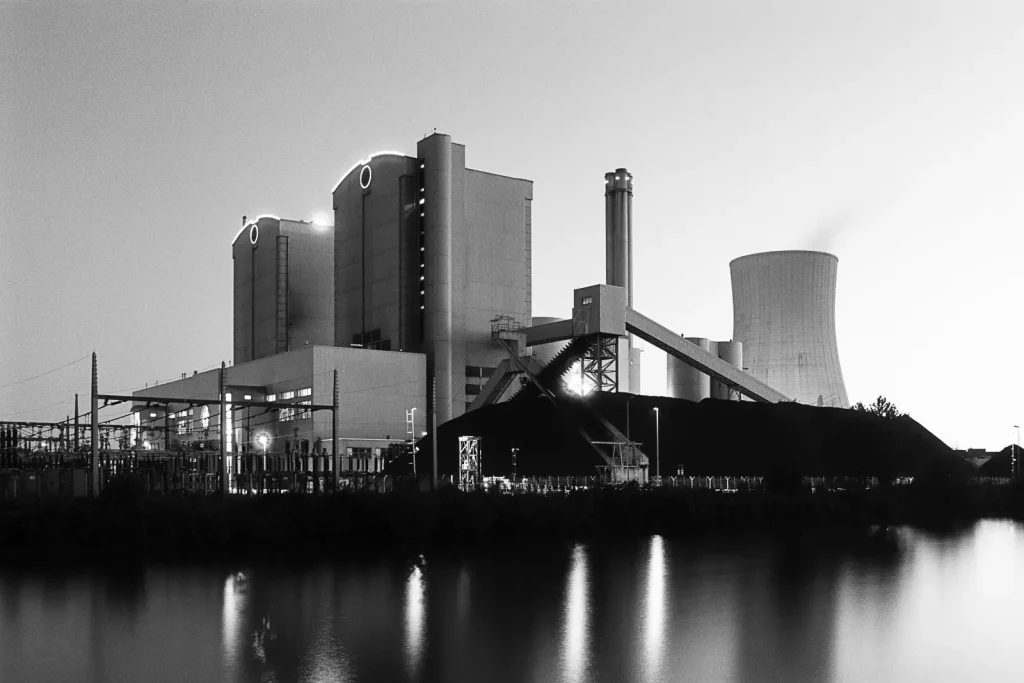
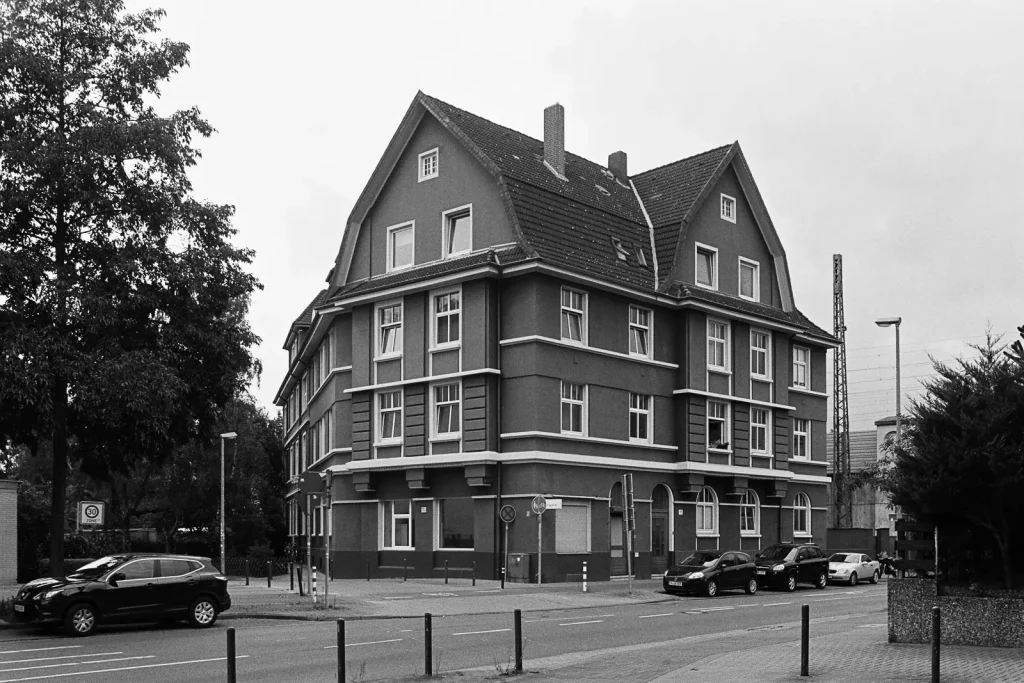
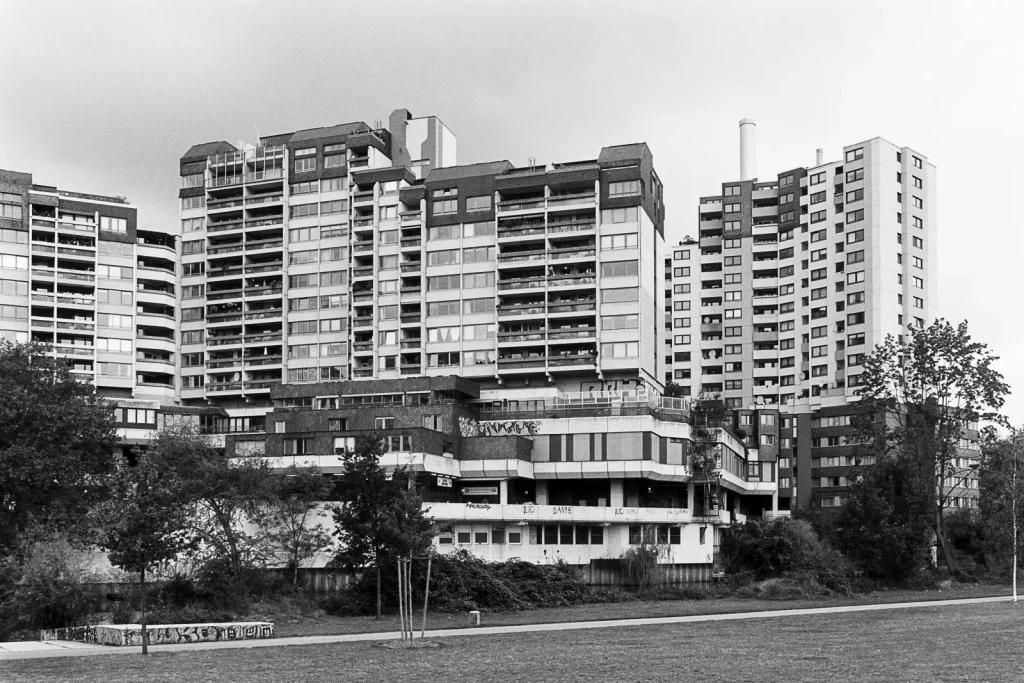
Are you interested in more information on the camera? In this case, please check out Jason’s review dealing with its predecessor, the Leicaflex “Standard”.
Thanks for reading!
Share this post:
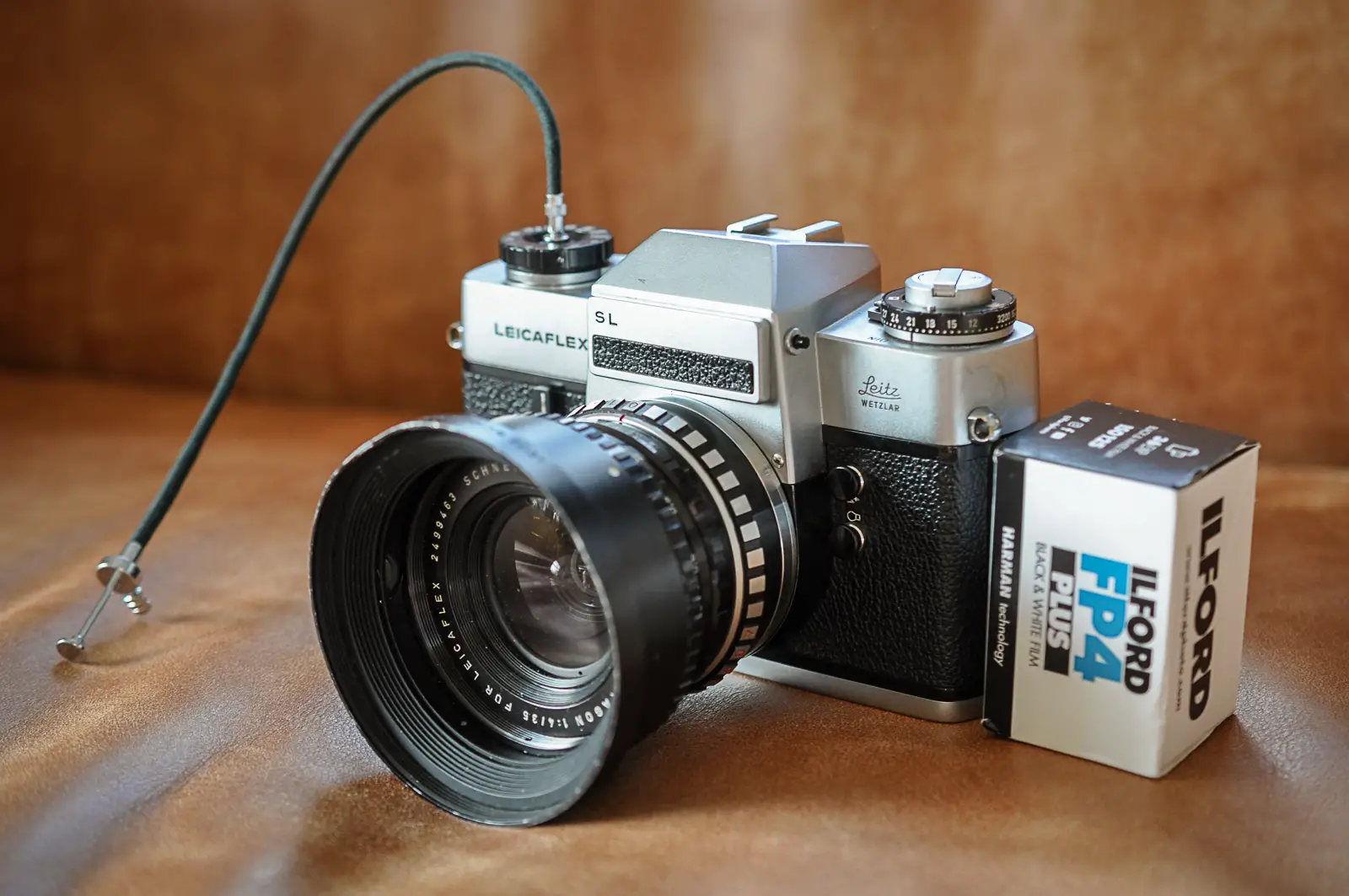

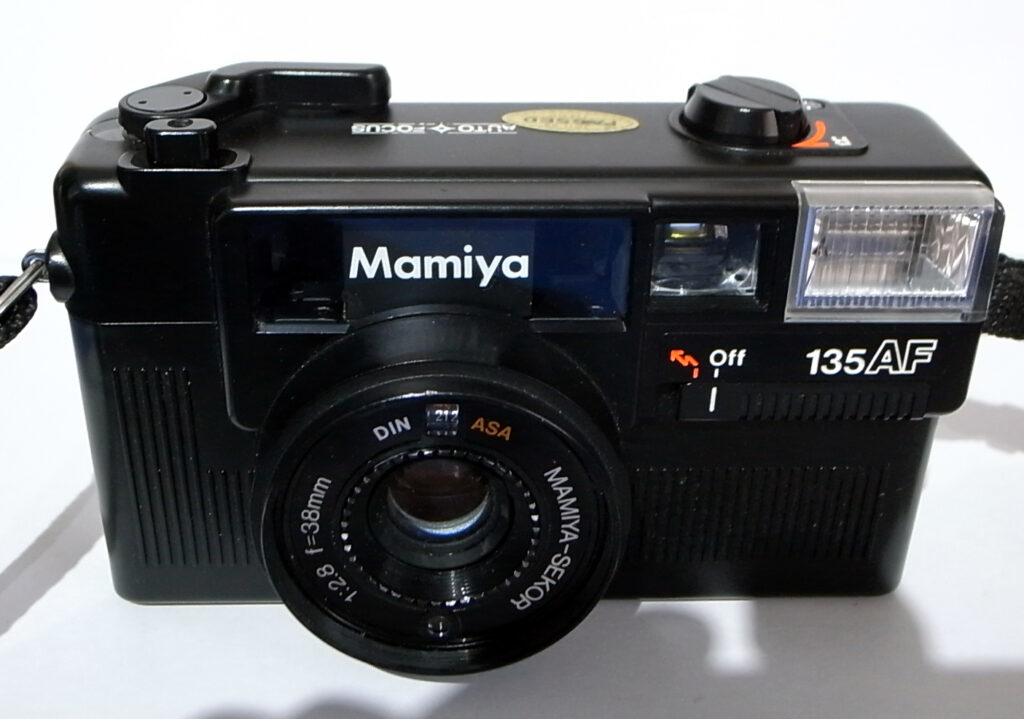
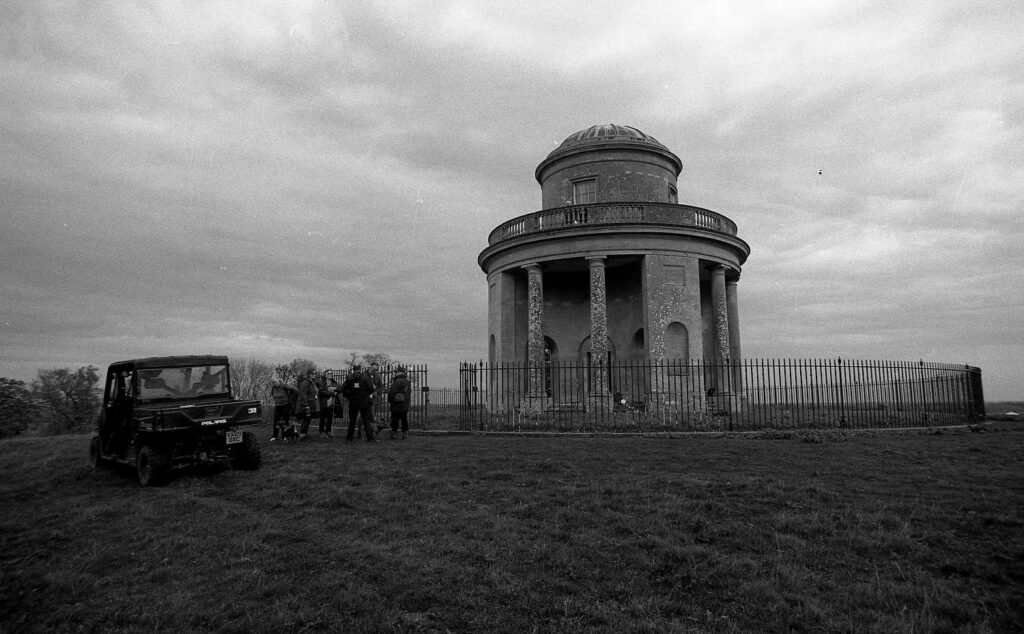
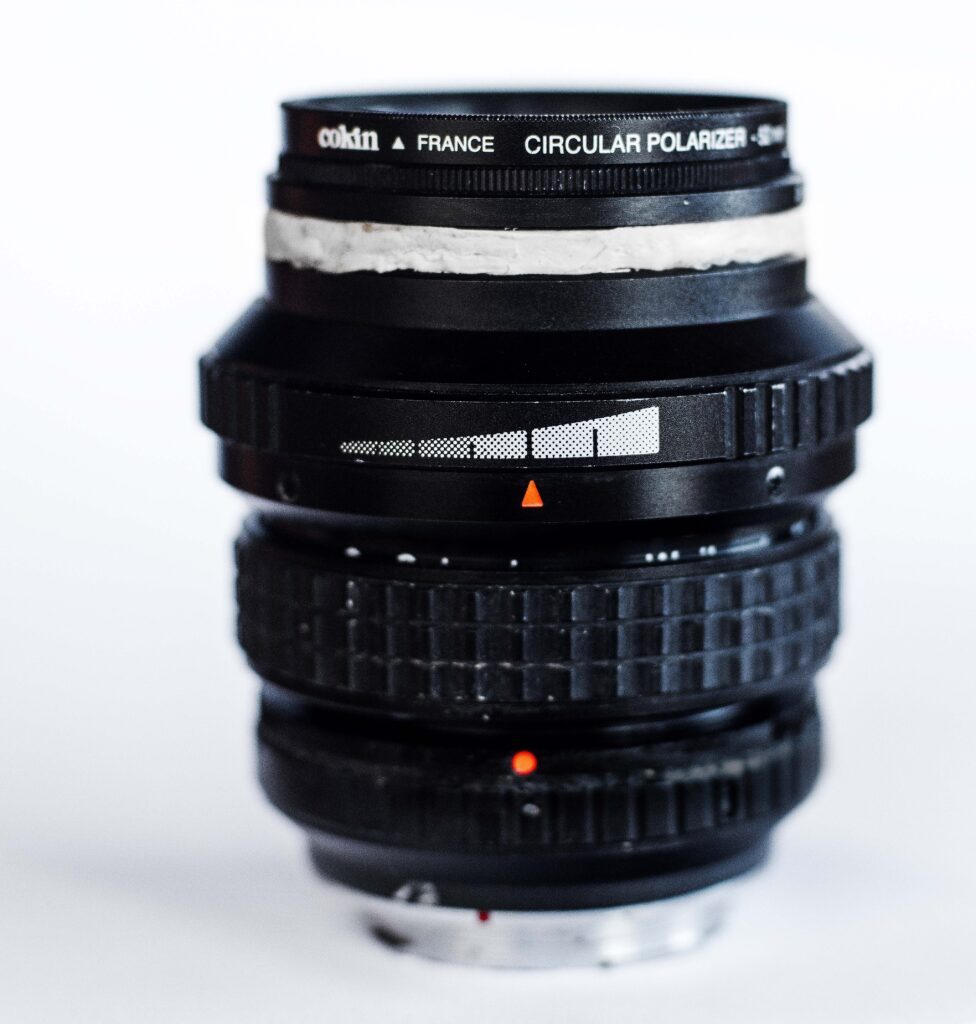




Comments
Terry B on 5 Frames with a 35mm Curtagon Shift Lens – by Christian Schroeder
Comment posted: 03/12/2019
Incidentally, desiring a much easier life now, I use a piece of software from a countryman of yours, Marcus Hebel, who has released freeware to digitally correct for converging verticals, "ShiftN". Whilst not equalling a bespoke shift lens, I find it does a pretty fine emulation.
Comment posted: 03/12/2019
Comment posted: 03/12/2019
evan bedford on 5 Frames with a 35mm Curtagon Shift Lens – by Christian Schroeder
Comment posted: 03/12/2019
Roger B. on 5 Frames with a 35mm Curtagon Shift Lens – by Christian Schroeder
Comment posted: 03/12/2019
Comment posted: 03/12/2019
CharlesMorgan on 5 Frames with a 35mm Curtagon Shift Lens – by Christian Schroeder
Comment posted: 04/12/2019
Comment posted: 04/12/2019
Comment posted: 04/12/2019
Comment posted: 04/12/2019
Peter Boorman on 5 Frames with a 35mm Curtagon Shift Lens – by Christian Schroeder
Comment posted: 06/12/2019
Hunting Dinosaurs or: Photographing Abandoned Factories – by Christian Schroeder - 35mmc on 5 Frames with a 35mm Curtagon Shift Lens – by Christian Schroeder
Comment posted: 16/06/2020
David Murray on 5 Frames with a 35mm Curtagon Shift Lens – by Christian Schroeder
Comment posted: 25/08/2020